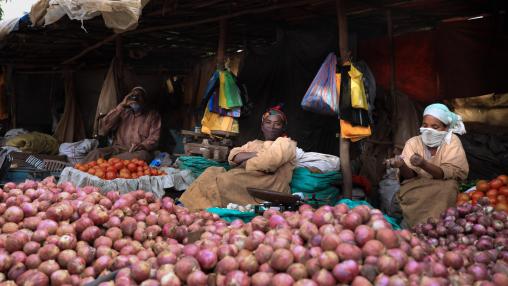
COVID-19 Risk in Food Value Chains: Post-Webinar Coverage
While global food systems have remained generally resilient to the ongoing COVID-19 pandemic, regional and local systems, especially in food-deficit countries, face growing challenges. These include diminished purchasing power, disruptions to domestic supply chains, and higher food import costs due to rising global prices, according to the latest AMIS Market Monitor. Understanding how COVID-19 is affecting local and global food value chains is key in establishing effective policy responses to mitigate the harmful impacts of the ongoing public health crisis.
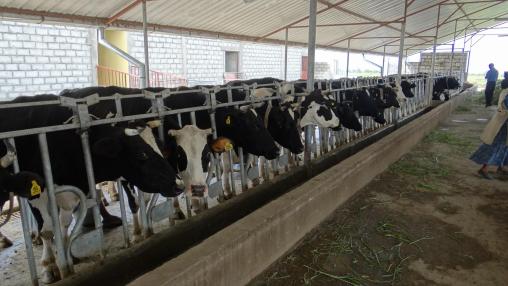
Transforming Ethiopia's Dairy Sector
By Sara Gustafson
Over the last decade, Ethiopia’s dairy sector has expanded rapidly. Urban consumers have significantly increased the amount of money they spend on dairy products, and the number of domestic dairy processing firms has tripled to meet the growing demand. All of these signs point to significant structural transformation, which plays an important role in reducing poverty and increasing welfare in developing countries. However, a new study finds that despite its recent strong growth, Ethiopia’s dairy sector still faces some important hurdles.

Transforming Africa's Energy Agenda
The production of safe, nutritious food to feed Africa’s growing and urbanizing population in an economically and environmentally sustainable way will require reliable, affordable clean energy sources. How can Africa ensure both availability of and access to such energy, particularly in rural areas?
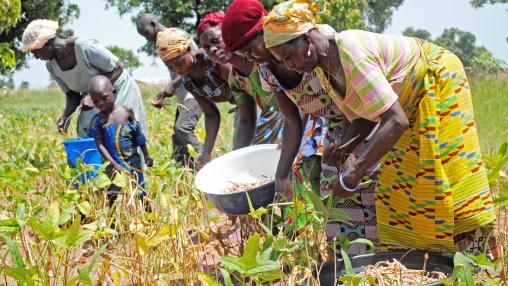
A model for reaching poor farmers and reducing subsidy costs in Ghana
This post originally appeared on the IFPRI.org blog and the GSSP blog.
It is no secret that fertilizer subsidies are back in vogue across Africa south of the Sahara as the preferred tool for governments trying to boost incomes of poor smallholder farmers by increasing farm production and agricultural productivity. The financial burden of fertilizer subsidies is also widely recognized, exacerbated by the expense of improving the accuracy of targeting, as discussed in Jayne et al, 2018.
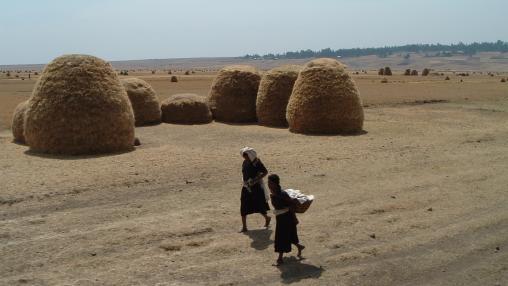
Ethiopia's Wheat Value Chain
Wheat plays a leading role in both the diet and the economy of Ethiopia. According to research conducted by IFPRI for the Ethiopian Agricultural Transformation Agency (ATA), wheat is the fourth most widely grown crop in the country (after teff, maize, and sorghum) and ranks fourth (tied with teff) in terms of the gross value of production. In addition, wheat and wheat products make up 14 percent of the country’s total caloric intake. Ethiopia also imports a significant amount of wheat for domestic consumption – between 25 and 35 percent.
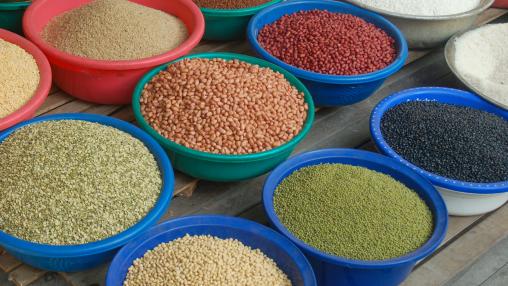
Cautious Optimism for African Agriculture
Cautiously Optimistic Outlook for African Agriculture
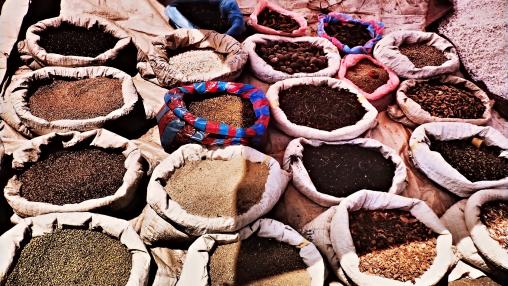
Decade-long Agricultural Growth in Ethiopia Driven Partly by Use of Fertilizers, Improved Seeds
Agricultural growth can stem from a multitude of factors, including increased investment in inputs and rural infrastructure, expanded land dedicated to cropping, a more productive workforce, and favorable prices on local and international markets. Over the past decade, Ethiopia has experienced strong agricultural growth due to a number of these factors, according to a new research note and related working paper from IFPRI’s Ethiopia Strategy Support Program ; however, the country also faces a number of challenges to continued growth in the future.